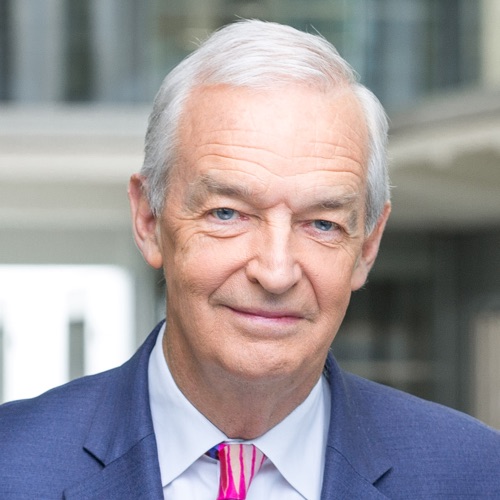My night in the Cabinet war rooms
Seventy years ago today at 11am in the morning, prime minister Neville Chamberlain told the nation that Britain was at war with Germany.
Last night I walked through the rainswept darkened streets in Whitehall to the corner of the Treasury building overlooking a very bedraggled St James’s Park.
I imagine very little has changed in this small piece of London in those years. A yellow light streamed out of the open door at the bottom of the Clive Steps between the Treasury and the Foreign Office.
This is the small entrance into the Cabinet War Rooms.
People had gathered to witness the opening of an extension devoted to Chamberlain’s successor, Winston Churchill. Descending a further flight of stairs inside, I found myself in an endless dark cream warren of passages and rooms that had made up the emergency support centre for the War Cabinet and and those managing and monitoring the war effort.
Eerily accurate figures peopled the offices, some on green Bakelite phones, others studying vast maps. It is as if the war has been frozen in a musty moment of time.
In all my wanderings beneath Whitehall I was alone. I was late, owing to the ‘day job’, but eventually I found the gathering of those who had come to celebrate the opening of the Churchill exhibition. Maggie Thatcher had just left, the M16 boss John Scarlett was still there.
Someone told me Maggie was in remarkably good form, much recovered from her fall earlier in the summer. Then I spotted the best exhibits anywhere in the complex, a knot of little white haired old ladies, every one of whom had actually worked in this extraordinary bunker.
The star was Irish-born Muriel Cooper, at 92 still in possession of every one of her marbles. She had been a secretary here throughout the war effort. She wasn’t on message. “Did Churchill come down here often?” I asked. “He avoided the place like the plague” she chimed. “You know” she added, “he’d have been nothing without Clemmy (his American born wife), now SHE really was a star!”
Muriel’s 88-year-old friend Gloria had worked as a secretary to Churchill’s three full-time draughtsmen who managed his maps of the war effort. “I worked in a room full of old men” she said, they were all 38 years old at least. She, at the time was 18.
I marvelled that there are still people with the clearest of recall of lives they lived as adults 70 years ago. As i walk out, a guide called Gerry caught my lapel. “Would you like to see something very special?” he asked. “Yes please” I replied.
Gerry produced a vast jailer’s bunch of keys and unlocked a steel door in the corner – inside was the actual room where Churchill’s War Cabinet met.
A half-smoked cigar lay in the ashtray. “They all smoked”, said Gerry, “think of Attlee with his pipe, and all those Ministers with their untipped Senior Service cigarettes. It must have been the most awful fug”.
A few things, I guess, have changed. And that Cabinet room? The War Cabinet sat in it fewer than 100 times, the other many hundreds of meetings continued above ground. And despite his improbably small bed, Churchill himself never spent more than one night in the place.
